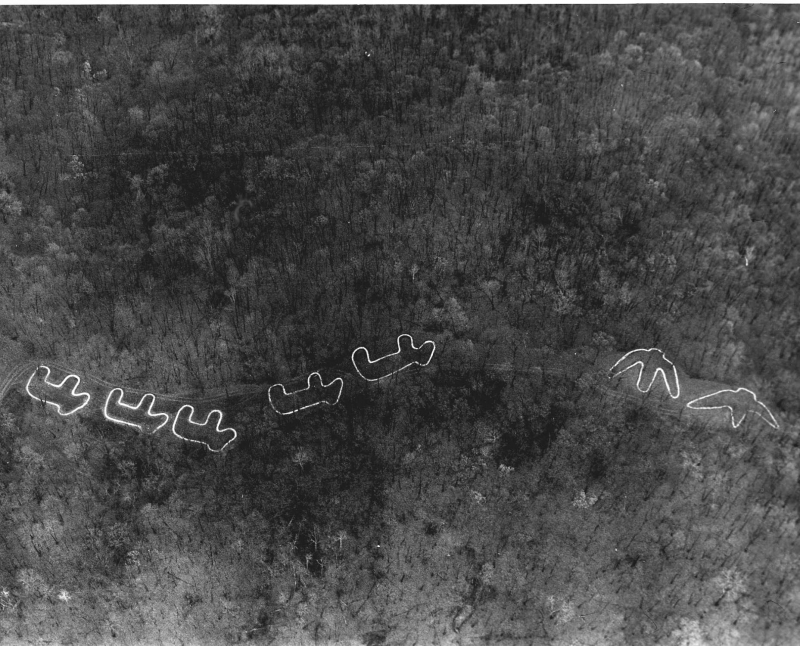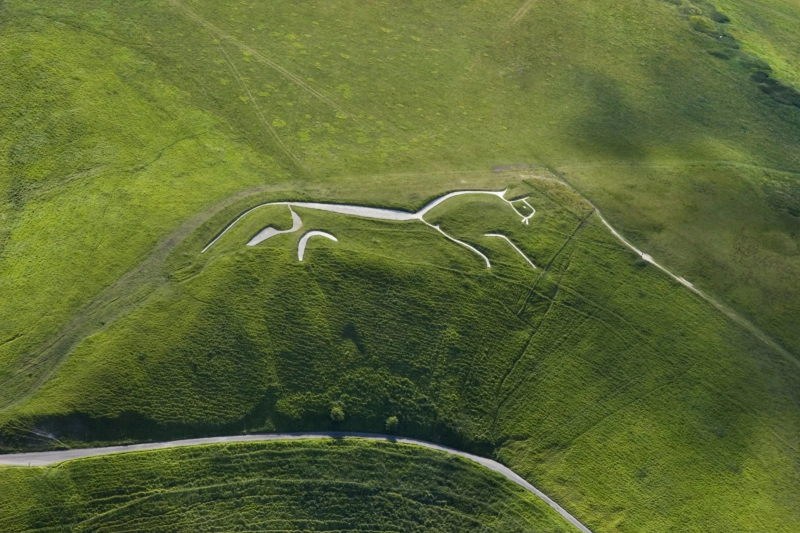Effigy Mounds in Iowa

American Indian ceremonial mounds can be found all over the country, but only in northeastern Iowa, along the high bluffs and lowlands of the Upper Mississippi River Valley, have so many of these mounds been discovered in the shape of animal effigies. Effigy Mounds National Monument, established in 1949, protects several instances of pre-contact American Indian mounds, allowing visitors to witness spectacular evidence of, and gain a better understanding of, the Woodland period American Indian mound building culture.
The 2,526-acre Monument protects over 200 mounds, including 31 bear and bird effigies. The mounds were erected by the Woodland Indians. The Woodland Culture, which lasted from 500 B.C. to around 1200 A.D., is divided into three distinct sub-cultures: the Early Woodland (also known as the Red Ochre), the Hopewellian, or Middle Woodland, and the Effigy, or Late Woodland. American Indians began erecting earthen effigy mounds in the shapes of mammals, birds, and reptiles between 800 and 1,600 years ago, during the Late Woodland period.
The hunter-gatherer society that erected these mounds thrived on the Mississippi's abundant natural resources, including its waterways, wetlands, and woods. In the summer, they camped by the river, and in the winter, they sought sanctuary under limestone rock outcrops in northeast Iowa. They ate fresh water mussels, wild rice, nuts, fruits, and berries, and hunted white-tailed deer, bear, bison, turkey, and waterfowl to survive. Visitors to the Monument can experience a wetland comparable to the ones that Indians in northeastern Iowa relied on for survival on the two-mile round-trip Yellow River Bridge Trail.
It is unknown why these mounds were built. Archaeologists and academics believe that some of the mounds were constructed for religious events, burial ceremonies, clan insignia, or possibly to connect people to their ancient ancestors and the spiritual realm. Visitors to the Monument can see examples of the four various types of earthen mounds found in this area, as well as the four different burial practices utilized throughout the Woodland period.
Address: 151 IA-76, Harpers Ferry, IA 52146, USA
Date: during the later part of the Woodland period











